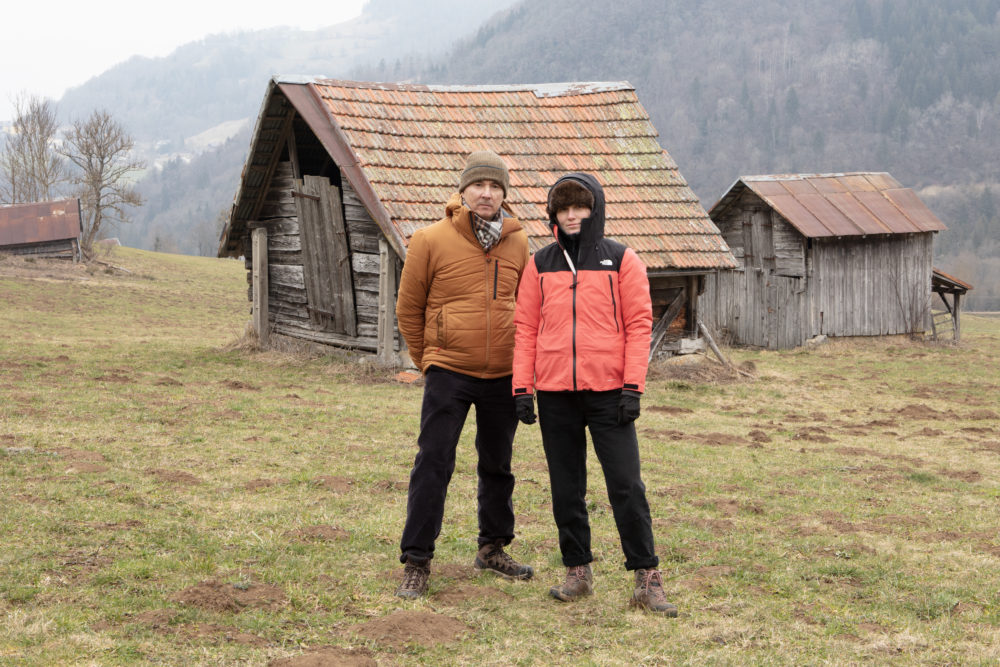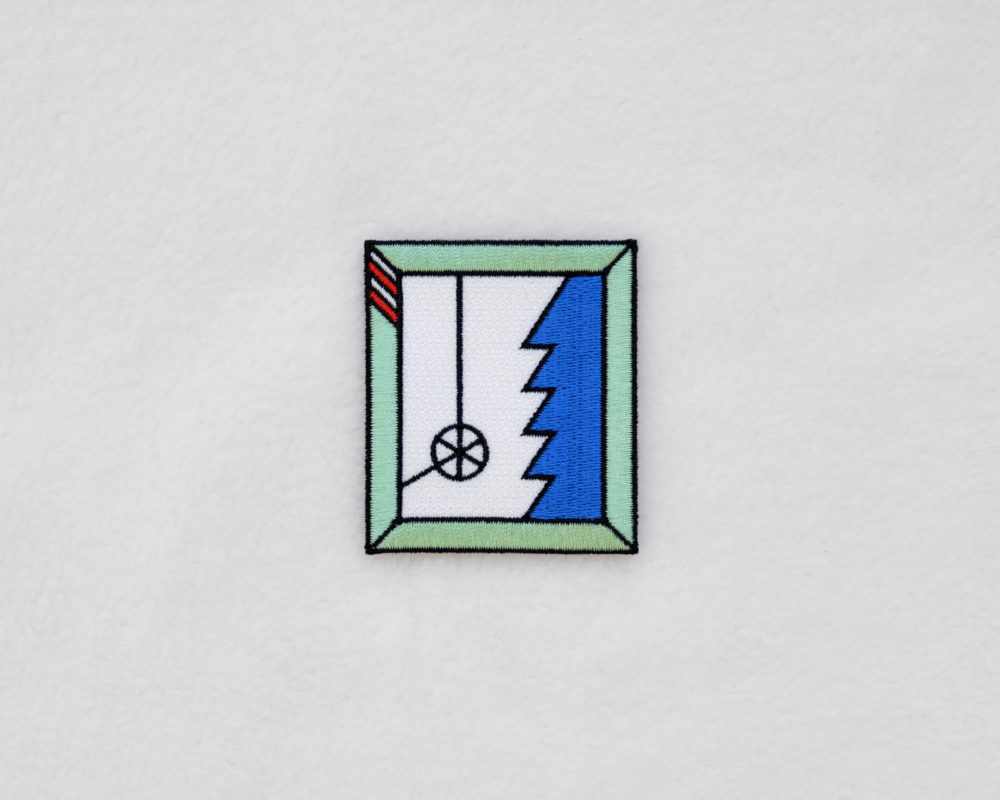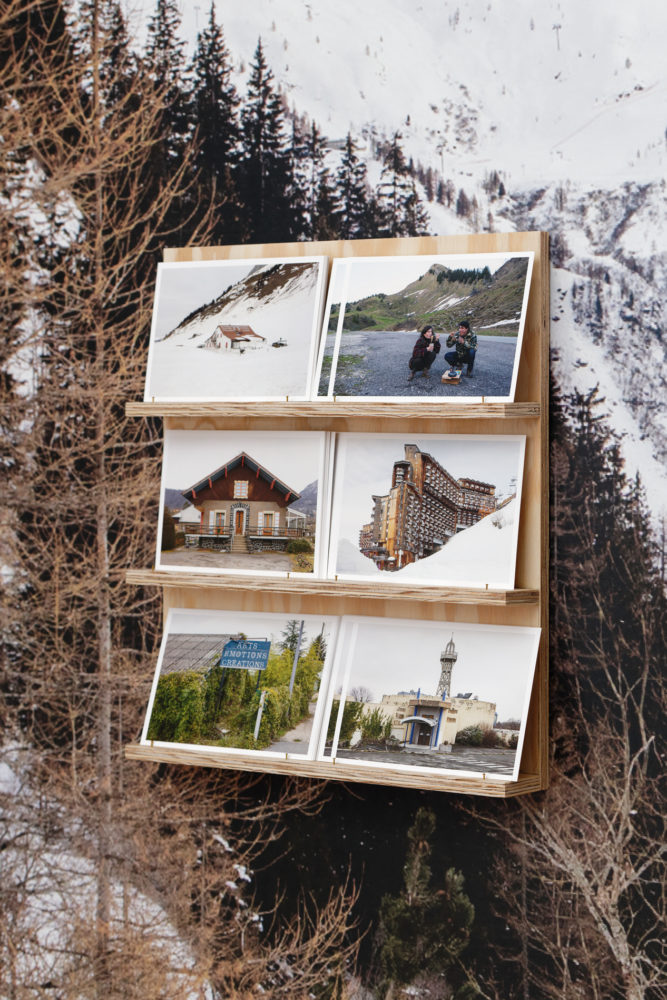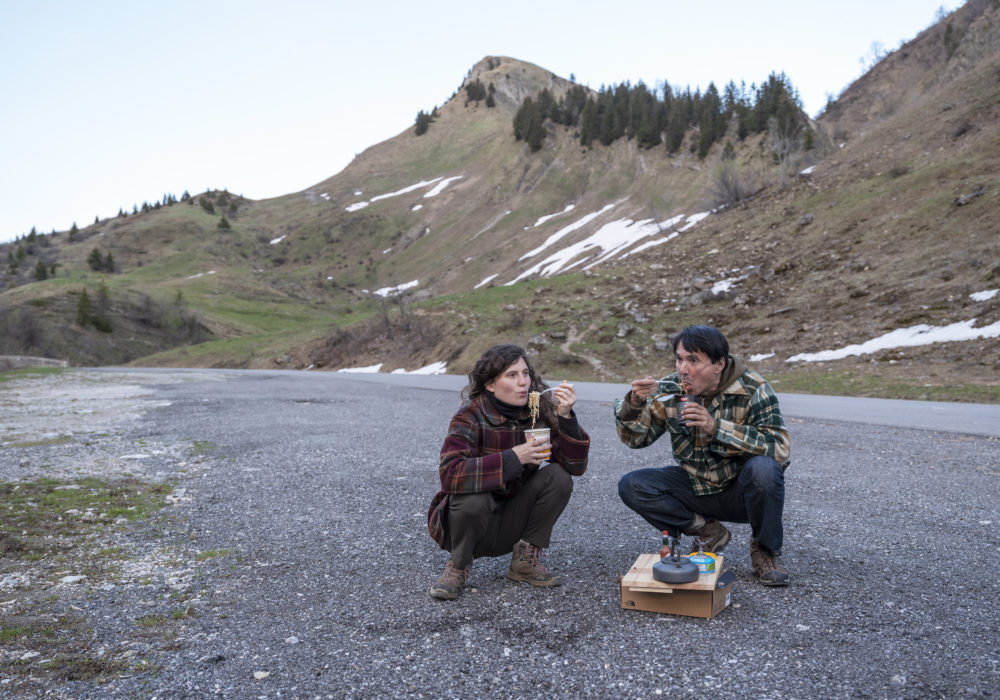Empire and Galaxie
Eric Tabuchi and Nelly Monnier
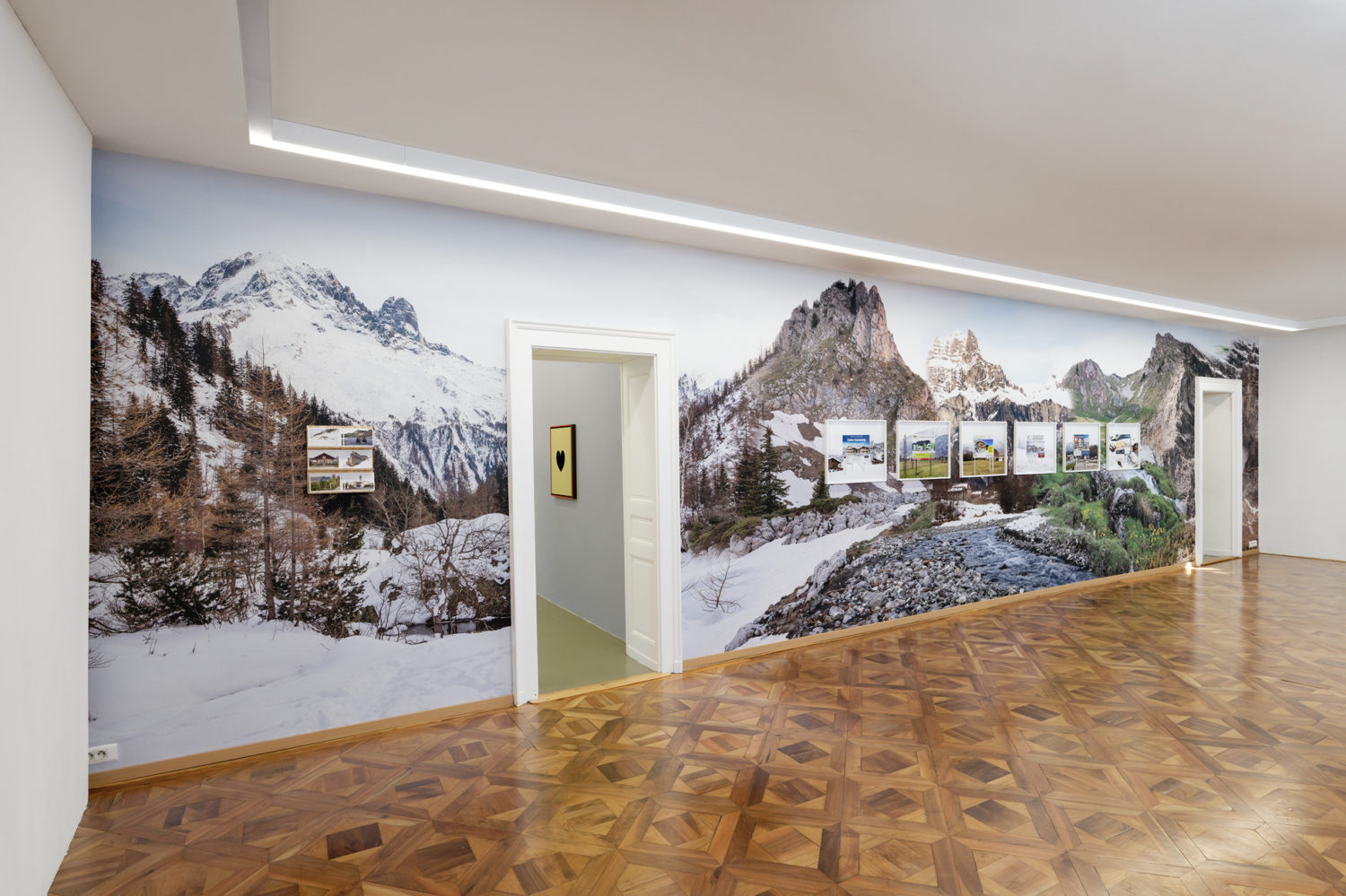
Eric Tabuchi and Nelly Monnier, the Valleys Gallery
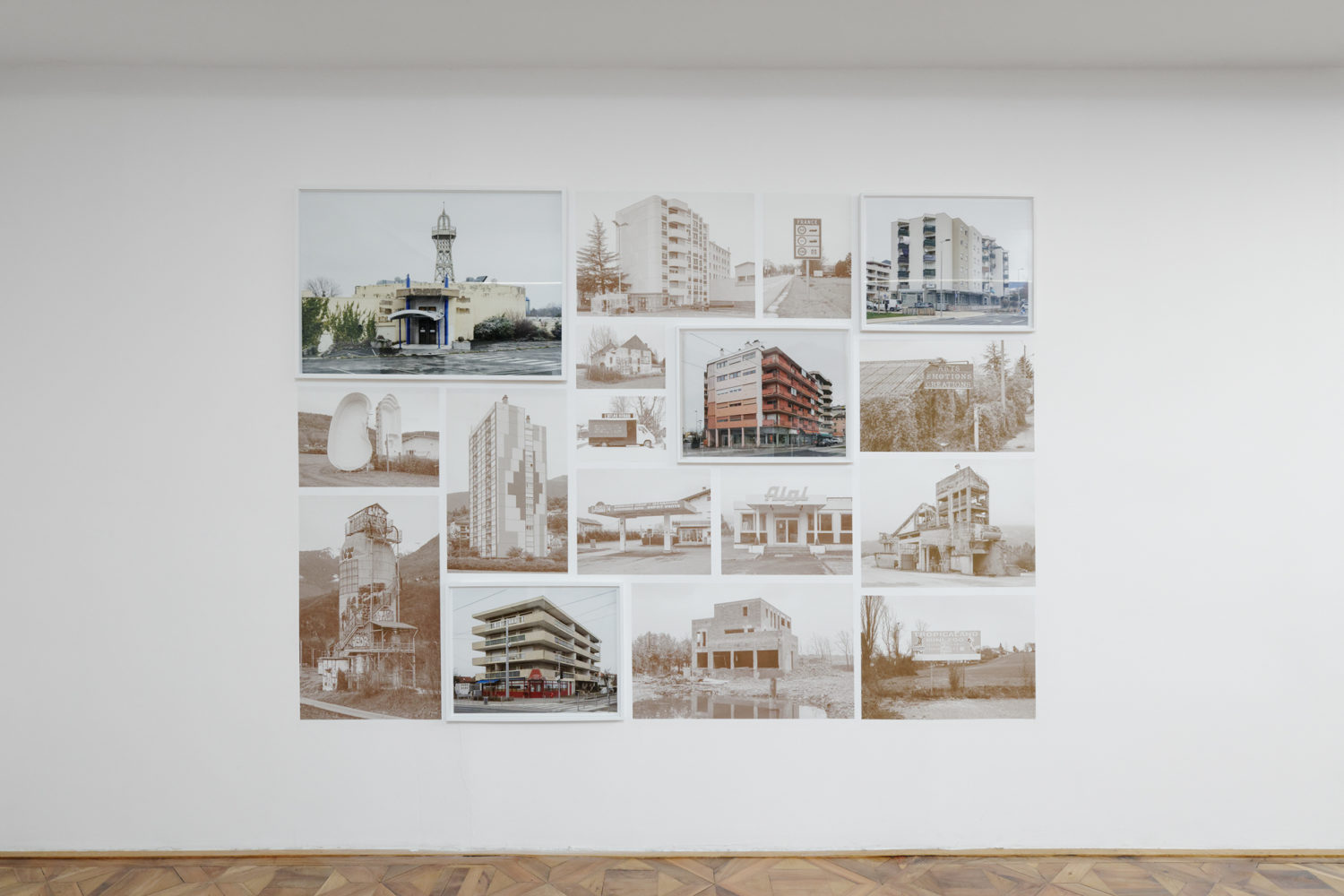
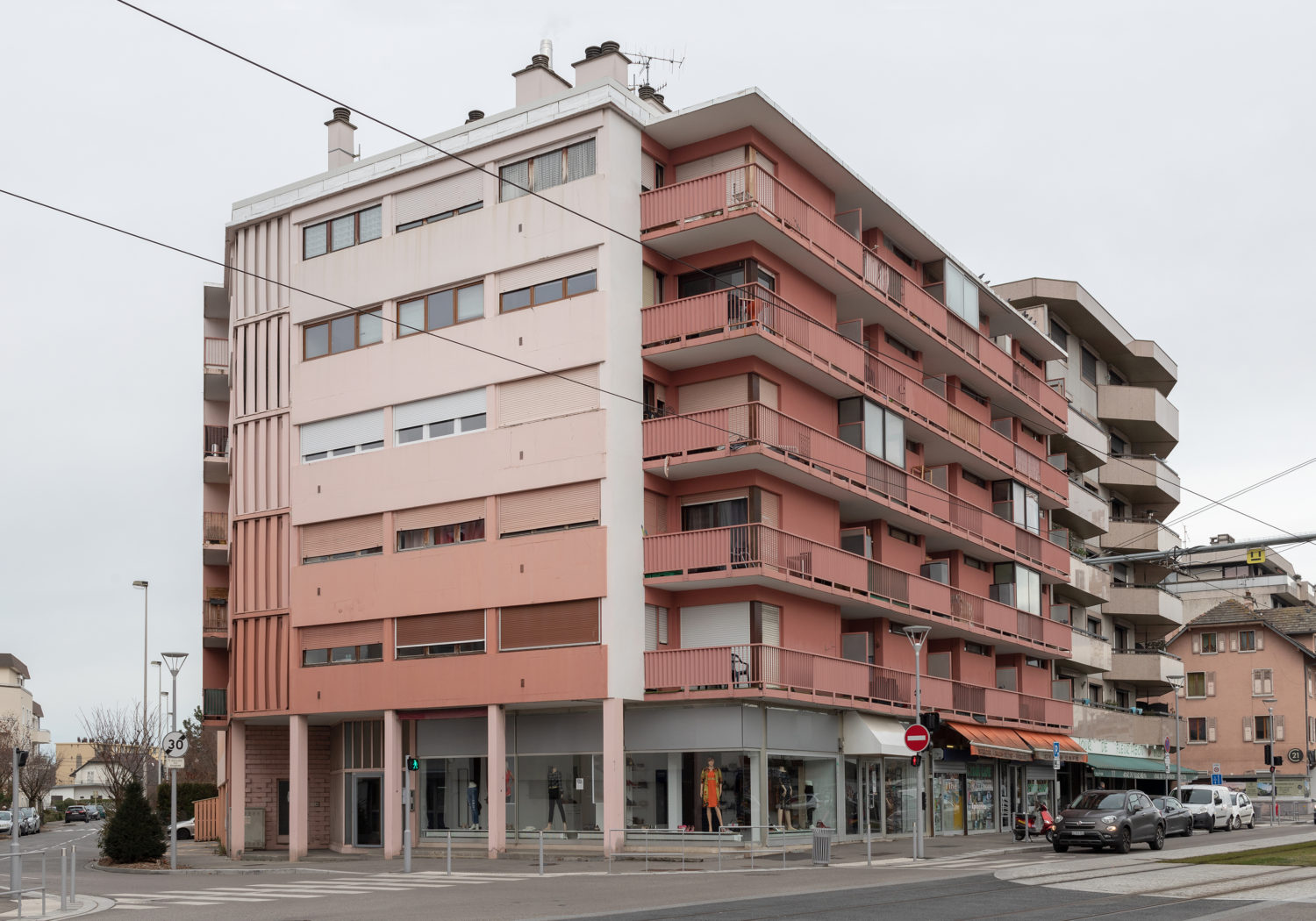
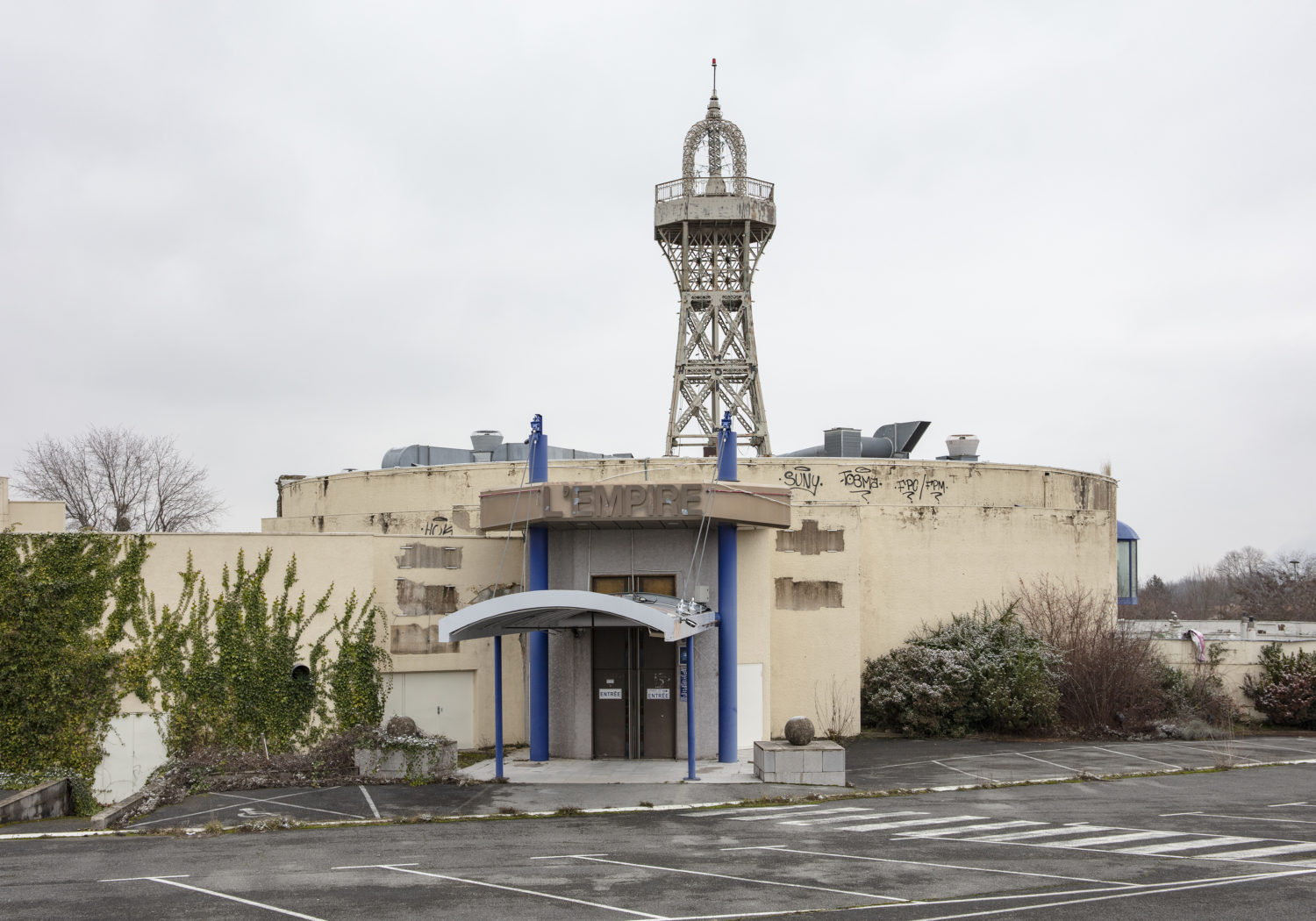
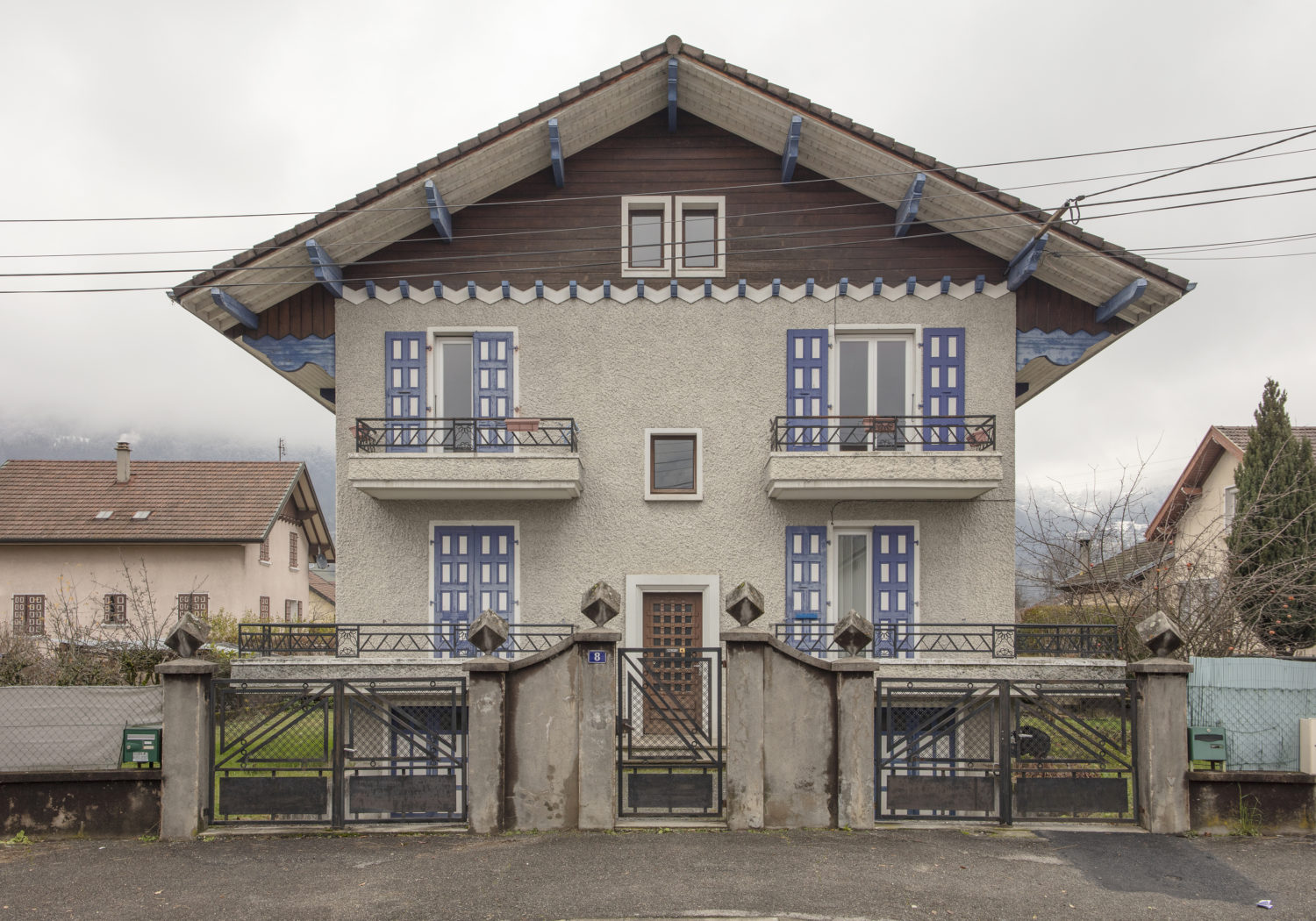
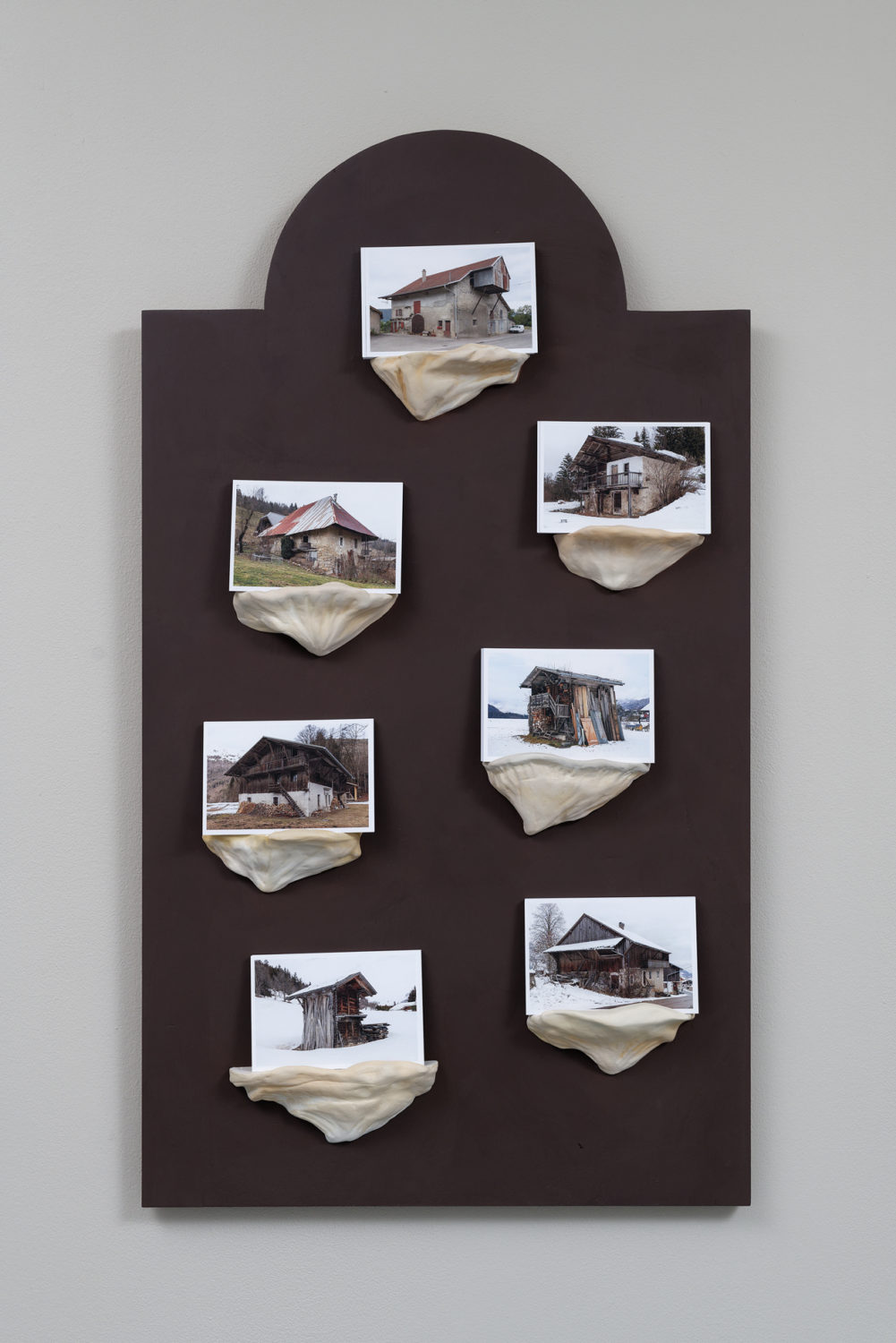
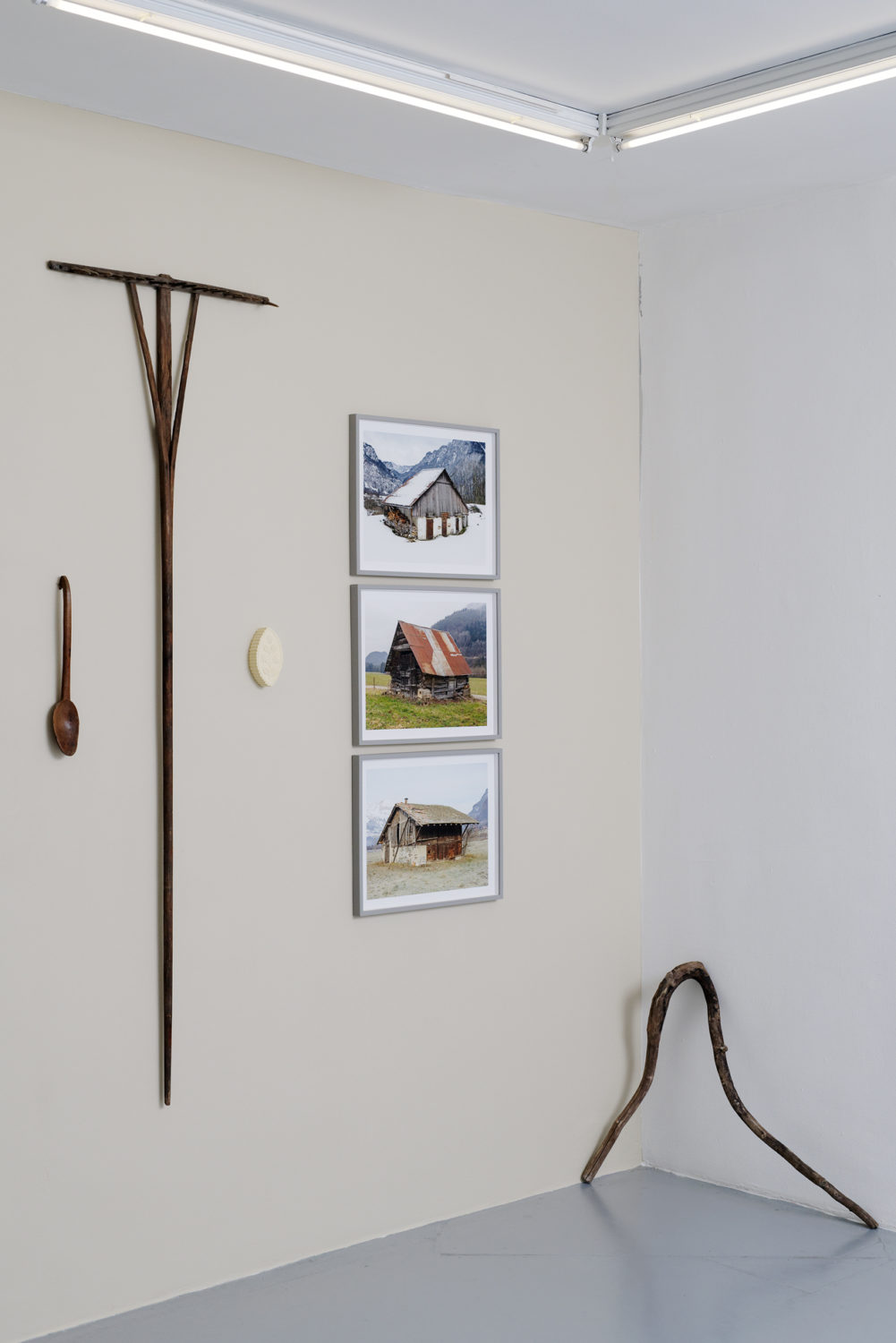
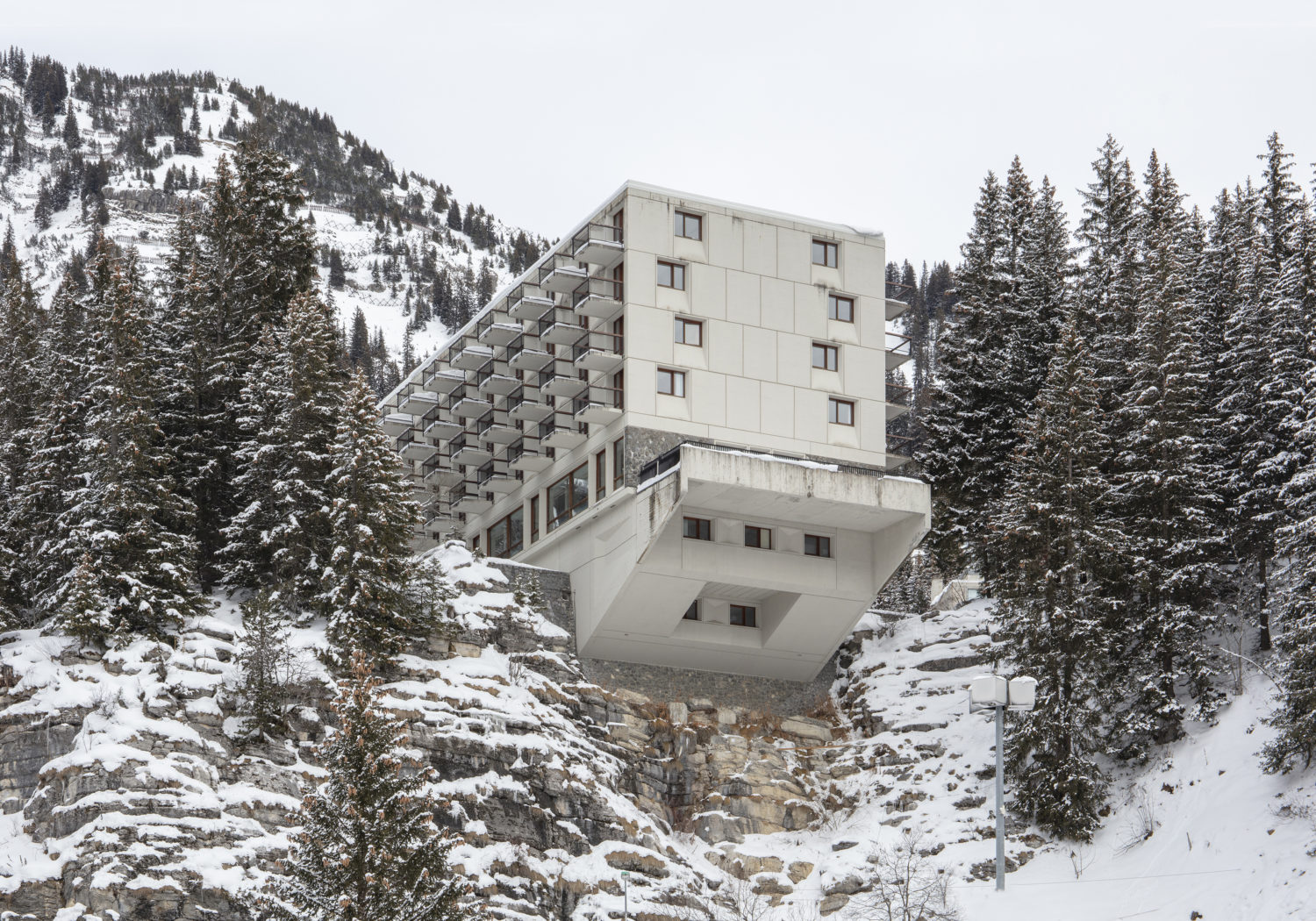
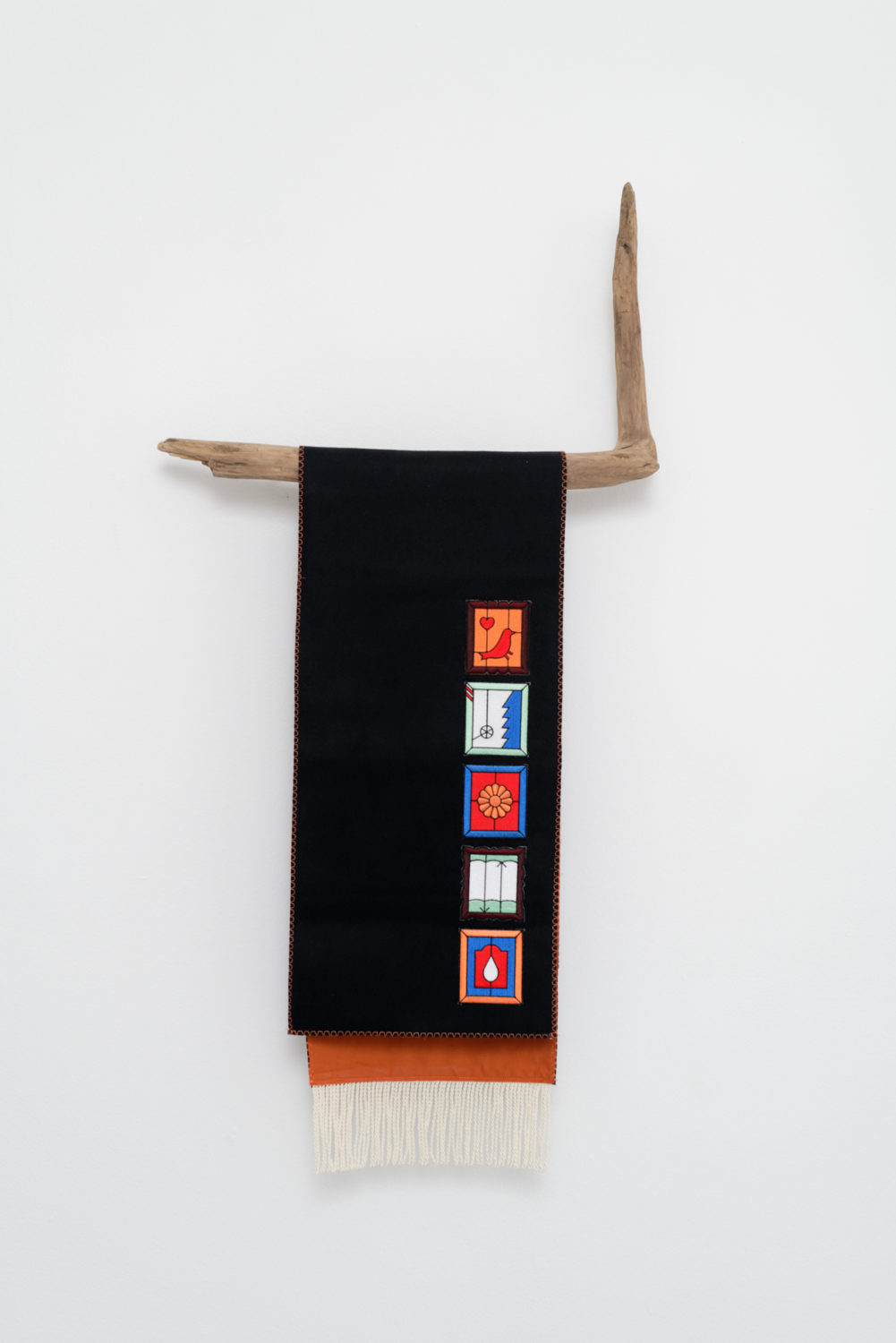
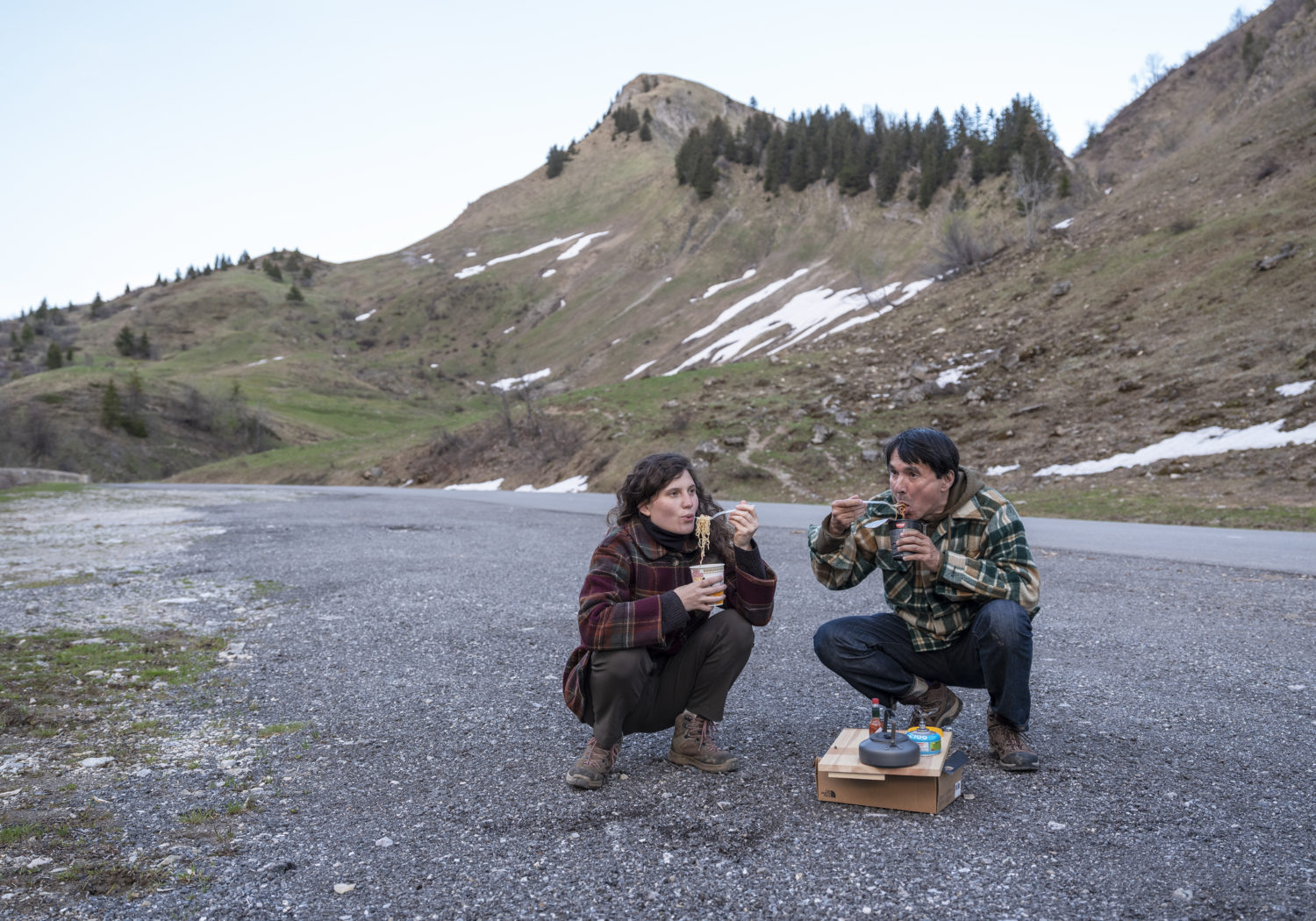
Empire and Galaxie
Eric Tabuchi and Nelly Monnier
Photo credit: Aurélien Mole, Eric Tabuchi and Nelly Monnier
“Empire and Galaxie, the ARN Section: Journey through the Alps in the Age of the Capitalocene” by Garance Chabert
Don’t ask Nelly Monnier and Eric Tabuchi how they found Mont Blanc during their long residency in the Alps. They have brought no images of it and like to say that they simply didn’t see it. Too high to be visible without some way of stepping back to get a better look (and they couldn’t), often hidden by high-altitude clouds that catch on the peaks, or just completely invisible from the plains, which are swallowed up each winter by the expanse of cold air, that stratus cloud mass that is as low as it is gloomy and characterizes life in the Geneva region. It is a weather pattern that perfectly suits, as luck would have it, the duo of artists, who favor gray skies for their photos, out of a documentary concern for a uniform lighting that precludes too many contrasts. The highest peak in the Alps, whose best view for the lens demands a bright sunny day, did not in fact impose itself on the eye of the two artists. The two, it must be said, didn’t go out of their way to make it a part of the photographic record (pretty copious) of their Atlas of Natural Regions (ANR).
As it will quickly become clear, what Nelly Monnier and Eric Tabuchi like to discover and immortalize aren’t especially the icons of the region, which works to highlight them and play them up, icons that indeed make the region justly famous. Rather the two artists look to detect certain peculiarities that reflect as closely as possible that landscapes experienced by the men and women who live and work there every day. Conscientiously then they collect what is modest, overlooked, abandoned, or on the point of disappearing, along with the vestiges of utopias, individual, collective, or conjured up in the future.
Their residency in Annemasse largely made it possible for them to broaden and deepen their enormous ANR project. That project has been taking shape for several years around a photographic archive of several thousand images documenting the transformations that have changed the landscapes and built environment throughout all of France since the Trente Glorieuses, the postwar boom. From their wanderings in the five natural regions of Savoy – Geneva, Faucigny, Chablais, Beaufortain, and Savoy strictly speaking – they have returned with a great number of images and objects, and an experience – new to their way of working – of crisscrossing lands that stretch upwards and can only really be appraised on foot.
For all that, nothing is concealed, everything is right there, obvious to anyone who is prepared to follow them in the curious and painstaking observation of road accesses and shoulders, mountain passes, and urban areas. Here you spot a working-class housing development from the 1980s along the border, further on a detached house expertly maintained from the 1950s, futurist shopping centers and obsolete billboards, occasionally a bit of river, and, by gaining altitude, old farms, tourist hotels, postmodern architectural designs, and more or less visible backgrounds of snow-covered massifs. The show, which springs from this field work, describes and spatializes emotionally and with a light touch, both impeccably and implacably, the complex changes occurring in these long isolated hemmed-in lands, whose rural lifestyle was swept away after the war by two forces, viz., industrialization of the valleys and winter tourism.
With its pop and science fiction overtones, the show’s title, “Empire et Galaxie” (Empire and Galaxy) might well surprise the upholders of a certain documentary orthodoxy. Nevertheless, it is prosaically inspired by business signs that were found in those in-between urban zones. Empire is the “Empire Room” at Macumba, the legendary and recently closed nightclub across the border from Geneva, while Galaxie (Galaxy) is a small shopping center on the outskirts of Sallanches. The title tells us something about our contemporaries’ need to get away and the distance separating ordinary reality from the dream that consumer society tries to sell us. It also speaks volumes, I think, about the schizophrenic situation of those same regions, where an invisible border, both geographic and socio-economic, has been drawn between plain and mountain. The industrious empire of the valleys leads directly via the A40 national highway to the galaxies of outdoor sports practiced by tourists for a day and the happy few forever.
Following the region’s geological stratification, the art center’s ground floor is devoted to the valleys, which have taken on in the postwar period the look and feel of the Far West, drawing aspiring fortune seekers to an Alpine Eldorado. The development of industries that pay like turning and machining steel, which encouraged an often immigrant working class in the postwar years to settle there, has inevitably evolved towards the concentration of large companies while the small family-owned factories went into decline long ago. The attractive force of the Swiss model across the border, always brighter, more sparkling, brought about a crazy chaotic urbanization of border regions – the “Tijuana” side of Annemasse, as Eric Tabuchi has dared to put it.
In these landscapes, past, present, and future exist alongside each other, the fantasies and financial dreams of property developers endlessly promising fresh air and unobstructed views just a few steps from shuttered factories and closed businesses. In the gallery devoted to the valleys, the display selected by the artists provides a convenient glimpse of this psychosis of urban development. The small adjoining gallery is dedicated to the modest detached house, which the two artists are especially fond of, paying close attention to the care that a middle class achieving home-ownership showers on where it lives. This is seen in such details as the painted shutters, the names bestowed on houses which are delicately written out in wrought iron, and the roughcast and neo-regional motifs that Nelly Monnier singles out and reproduces in her paintings.
The first floor leads us into the domain of mountain passes and peaks.
In the mountain pasture gallery, Monnier and Tabuchi have collected their vernacular finds, traces of the rural reality of yore that are nowadays rare and very much prized. The artists’ installation brings together farming objects acquired while combing flea markets and hunting for antiques, reproductions done in the studio, and photographs of farms, outbuildings and mazots (the typical modest chalets in Savoy) they’ve collected in the region. This display is placed under the patronage of Pierre au Merle (Pierre-Marie Moccand; the popular name he went by could be translated as Blackbird Peter), a forgotten figure from Sixt-Fer-à-Cheval (Faucigny). A pioneer of tourism in the first half of the 20th century, cabinet maker, and photographer, Pierre au Merle threw himself into creating in his native village a museum-cottage, “To the wonders of nature,” on whose façade he displayed natural wood curiosities and his own artisanal creations, typical of the rural know-how of the valley. These objects gave rise to editions of postcards, three of which are on view in the gallery. One of them shows the remarkable driftwood carrousel he mounted as an amusement for the children of the travelers he hosted. While the rural world remains present, albeit scattered, in the valleys and mountains making up Savoy, its vernacular memory is being collected and its traditional objects can be found on the walls of opulent chalets and in the displays of ecomuseums.
The winter sports gallery is modestly built around two emblematic images of ski resorts promoted by the “snow plan” from the 1960s and ‘70s. The resorts of Avoriaz and Flaine, designed from scratch for high-altitude sites, are symptomatic of the architectural utopias favored by the massification of leisure activities and mountain tourism. Flaine is a resort that was launched by a couple of Swiss sponsors and designed in a brutalist style by the architect Marcel Breuer, who fused the rectangular buildings of light gray concrete with the white limestone environment of Grandes Platières. Avoriaz was dreamed up by local developers and designed by young architects to echo the surrounding landscape while using local materials. Opposite this photographic duel hangs a piece whose image was dreamed up by Nelly Monnier for Faucigny, a design done in wrought iron on which the symbols have a dual function, representing the industry down in the hollow of the valley and the schuss of skis on the snowy slopes. The artist used the same design on a series of patches, which are also available for purchase.
The waiting room gallery offers a panorama of varied winter landscapes of Savoy’s natural regions facing a Soleil barré, literally a “crossed [out] sun.”
The adventure gallery offers a formal imaginary break from the intense experience of the residency, which took place during a classic winter, whether in terms of the exceptional health situation or the accumulation of snow over the course of a few months. Monnier’s patches are one of the fictional windows relating their invariably subjective approach to the landscapes explored. The ANR also draws on encounters with others and coincidences, which brought them, for example, to the banks of mountain streams where Pierre au Merle was able to gather driftwood a century ago, or the deserted mountain pass of Colombière at sunset, where they managed to improvise a makeshift camp stove.
While in the end the five regions they explored up and down look like a very modest bit of land in the overall cartographic outlines of their project, Nelly Monnier and Eric Tabuchi experienced in each of the regions covered a unique adventure that their strict documentary protocol paradoxically only stimulated.
The ARN website: archive-arn.fr
Born in 1959 in Paris, lives and works in Paris.
Following studies in sociology where he discovered the work of August Sanders, Eric Tabuchi began his career in photography. In 1999, along with other artists, he cofounded the collective Glassbox and has since taken part in its many exhibitions. In 2007, the artist also published the first in what has become a series of books – Hyper Trophy, Twentysix abandoned gazoline stations, Alphabet truck – at Florence Loewy’s. Tabuchi has shown his work at a number of major venues, including the Palais de Tokyo, Confort Moderne, and Les Abattoirs. Since 2012, he has been working on the Atlas of Forms. In 2017, he began the Atlas des Régions Naturelles (Atlas of Natural Regions), a project he intends to continue adding to and expanding over the next few years.
The son of a Japanese father and Danish mother, Tabuchi articulates his work around ideas of territory, memory, and identity. Architectural typologies form the main subject of his art. In addition to his photography, Tabuchi produces objects and creates installations.
Born in 1988, lives and works in the Ain and Essonne.
Following a childhood spent in rural France and film studies in Bourg-en-Bresse, Nelly Monnier earned a DNSEP degree at ENSBA Lyon in 2012. Her work, in which painting, drawing, and narrative examine the connections between architecture, the decorative, and landscape, has since been shown at a number of venues, including Le Creux de l’enfer (Thiers); the Musée Fabre in Montpellier, after the artist had won the Félix Sabatier Prize; IAC (Lyon/Villeurbanne) in 2013 and in Singapore in 2015; the Salon de la Jeune Création in 2017; Galerie 22,48m2 (Paris); Le Metaxu (Toulon); and La Cantine (Belfort) most recently. Her practice continues to draw on numerous “local” trips, notably for the Atlas des Régions Naturelles, a joint project with Eric Tabuchi. Existing natural and cultural forms, borrowed from a variety of sources, are reworked and juxtaposed in different often long-term pictorial series.
